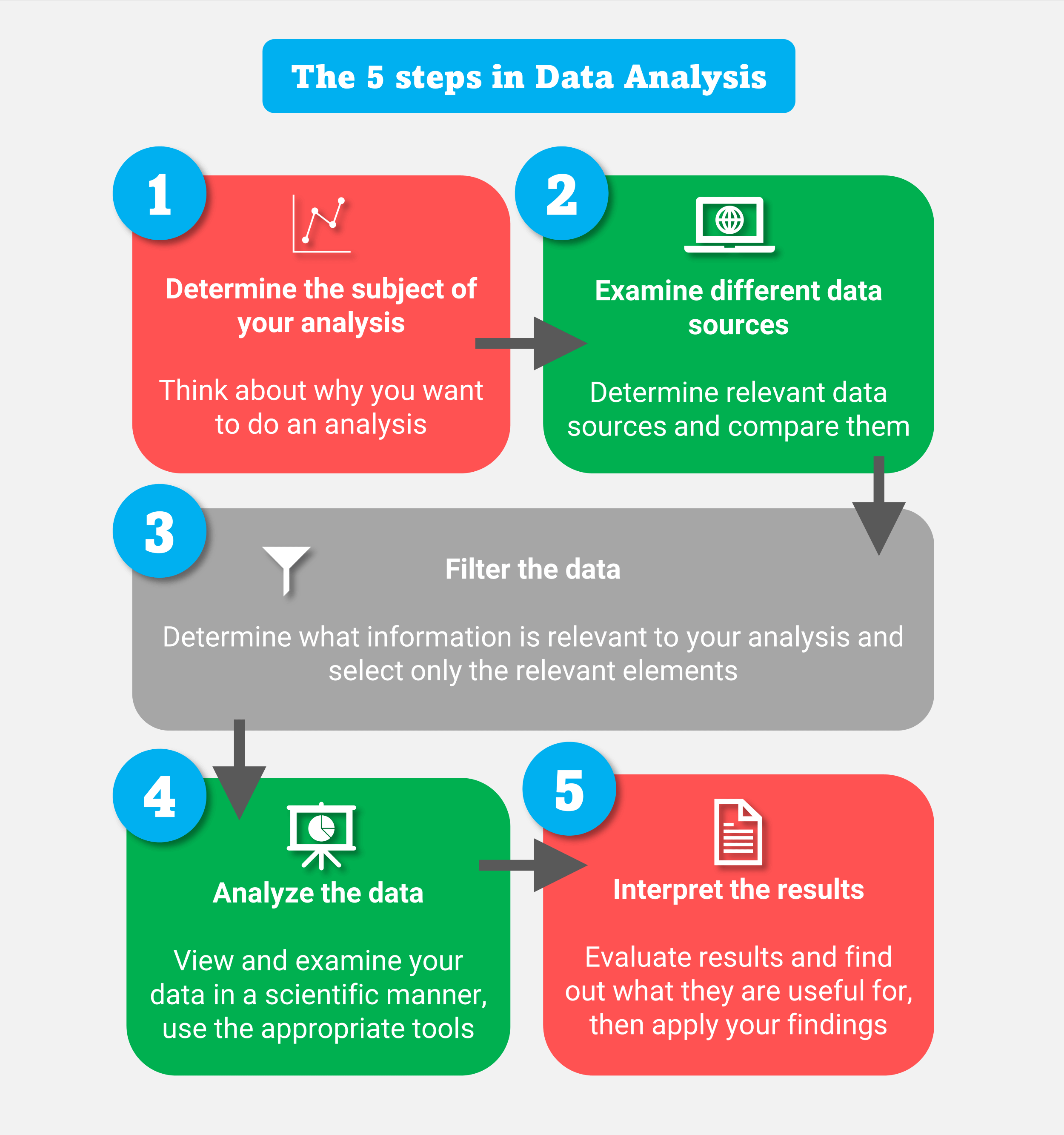Linear algebra is a branch of mathematics that deals with the study of linear equations, vector spaces, linear transformations, and matrices. While it may seem like a abstract and theoretical subject, linear algebra has a significant impact on various real-world applications. In this article, we will explore five ways linear algebra impacts real-world applications.
1. Data Analysis and Machine Learning

Linear algebra is a crucial tool in data analysis and machine learning. Many machine learning algorithms, such as neural networks, rely heavily on linear algebra to process and transform data. For instance, principal component analysis (PCA) is a technique used to reduce the dimensionality of high-dimensional data sets. PCA relies on linear algebra to identify the directions of maximum variance in the data.
In addition, linear algebra is used in recommendation systems, such as those used by Netflix or Amazon, to identify patterns in user behavior and make personalized recommendations.
Key Concepts: Eigenvectors, Eigenvalues, Singular Value Decomposition (SVD)
Eigenvectors and eigenvalues are used to identify the directions of maximum variance in data sets. SVD is used to decompose matrices into their constituent parts, allowing for efficient computation of matrix operations.
2. Computer Graphics and Game Development

Linear algebra is used extensively in computer graphics and game development to perform tasks such as:
- 3D transformations and projections
- Lighting and shading
- Animation and physics simulations
Matrices are used to represent 3D transformations, such as rotations, translations, and scaling. Linear algebra is also used to perform tasks such as collision detection and response.
Key Concepts: Matrices, Vectors, Projections
Matrices are used to represent 3D transformations. Vectors are used to represent positions and directions in 3D space. Projections are used to transform 3D objects onto 2D screens.
3. Physics and Engineering

Linear algebra is used in physics and engineering to solve problems involving systems of linear equations. For instance, linear algebra is used to:
- Analyze electrical circuits and networks
- Model mechanical systems, such as springs and masses
- Solve problems in thermodynamics and fluid dynamics
Linear algebra is also used in computer-aided design (CAD) software to perform tasks such as geometric modeling and mesh generation.
Key Concepts: Systems of Linear Equations, Matrix Inverses, Determinants
Systems of linear equations are used to model physical systems. Matrix inverses are used to solve systems of linear equations. Determinants are used to calculate quantities such as volume and area.
4. Optimization and Logistics

Linear algebra is used in optimization and logistics to solve problems involving resource allocation and scheduling. For instance, linear algebra is used to:
- Optimize supply chain management and inventory control
- Schedule tasks and resources in manufacturing and construction
- Model and solve problems in transportation and logistics
Linear algebra is also used in finance to model and solve problems in portfolio optimization and risk management.
Key Concepts: Linear Programming, Network Flow, Shortest Path Algorithms
Linear programming is used to optimize resource allocation. Network flow algorithms are used to solve problems involving flow and transportation. Shortest path algorithms are used to find the shortest path between nodes in a network.
5. Medical Imaging and Signal Processing

Linear algebra is used in medical imaging and signal processing to perform tasks such as:
- Image reconstruction and enhancement
- Signal filtering and analysis
- Feature extraction and classification
Linear algebra is also used in medical imaging modalities such as MRI and CT scans to reconstruct images of the body.
Key Concepts: Fourier Analysis, Image Processing, Wavelet Analysis
Fourier analysis is used to decompose signals into their frequency components. Image processing is used to enhance and filter medical images. Wavelet analysis is used to analyze signals and images at multiple scales.






We hope this article has given you a glimpse into the many ways linear algebra impacts real-world applications. Whether it's data analysis, computer graphics, or medical imaging, linear algebra plays a crucial role in solving complex problems and making our lives easier.
We invite you to share your thoughts on the importance of linear algebra in the comments section below. How do you think linear algebra will continue to shape our world in the future?
What is linear algebra used for?
+Linear algebra is used in a wide range of applications, including data analysis, computer graphics, physics, engineering, optimization, and medical imaging.
Why is linear algebra important?
+Linear algebra is important because it provides a powerful tool for solving complex problems and making predictions in a wide range of fields.
What are some common applications of linear algebra?
+Some common applications of linear algebra include data analysis, computer graphics, physics, engineering, optimization, and medical imaging.
